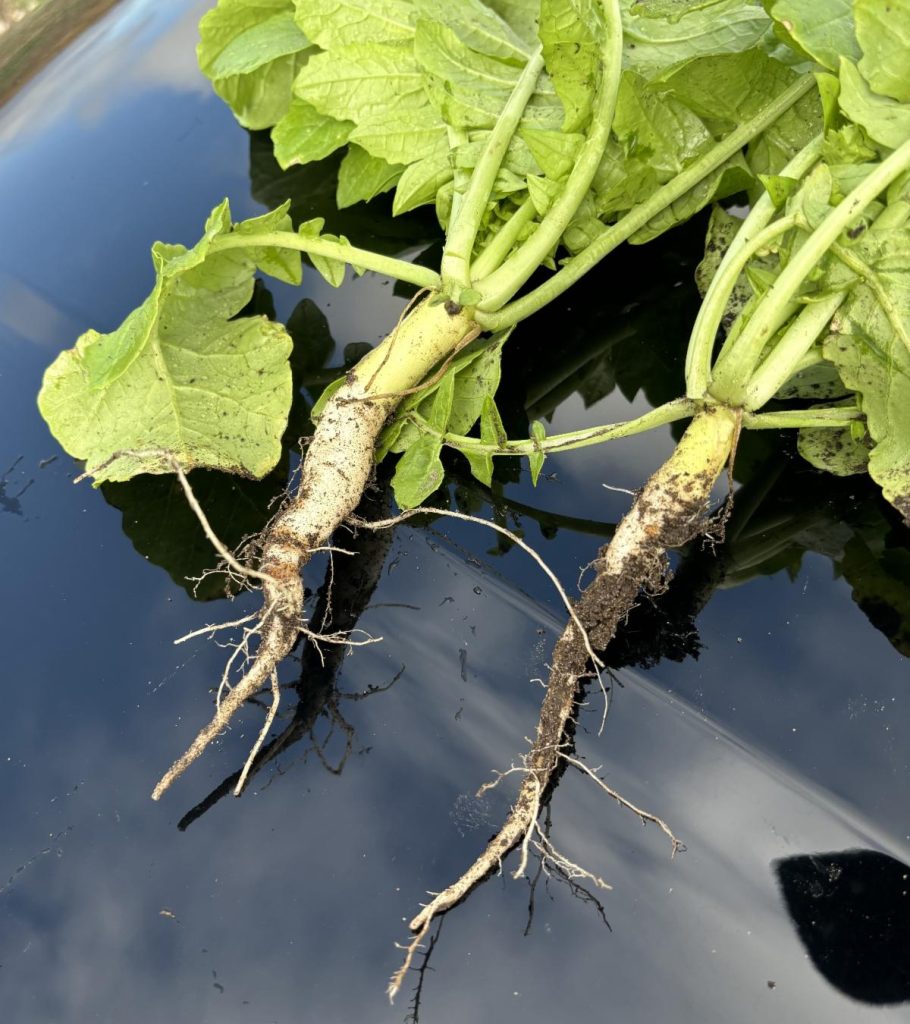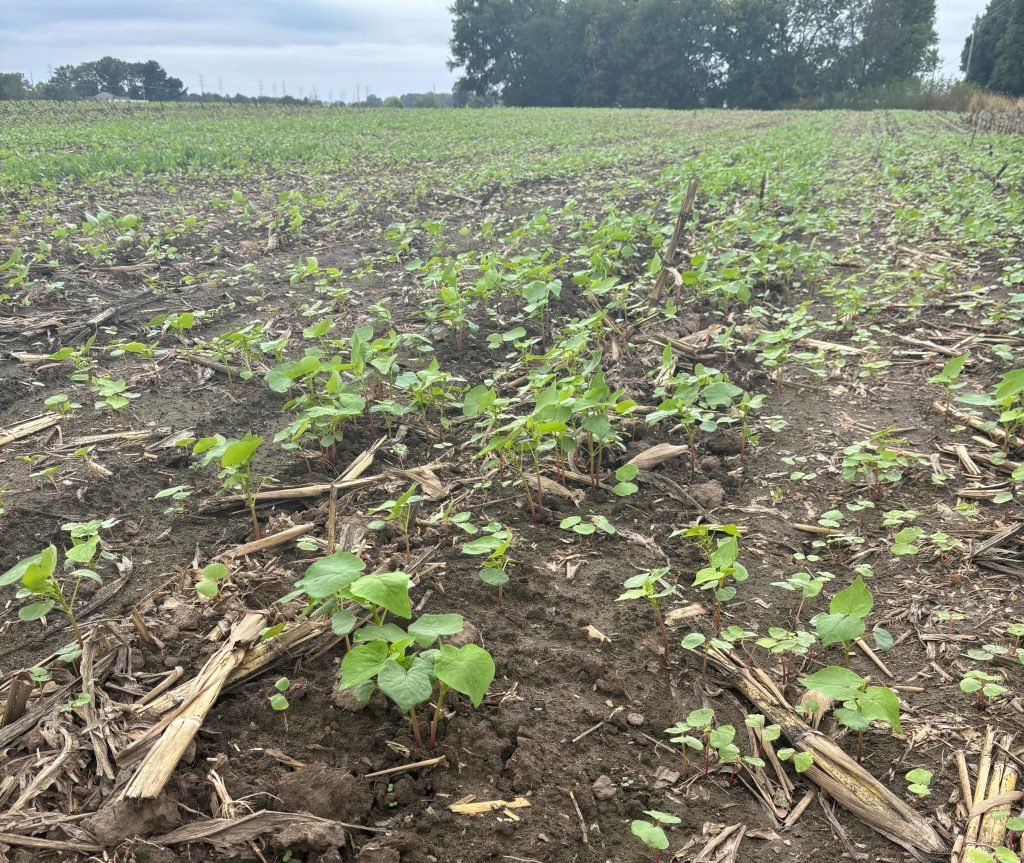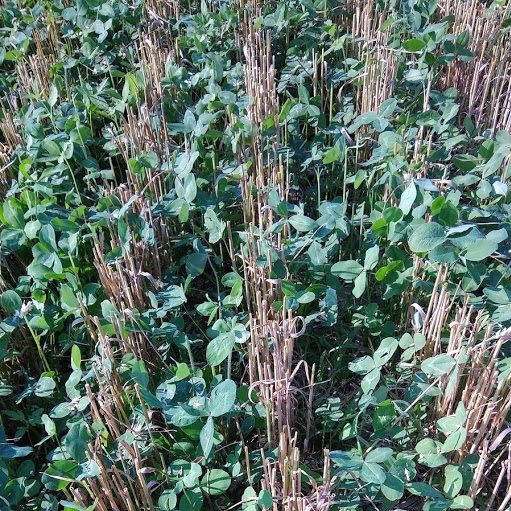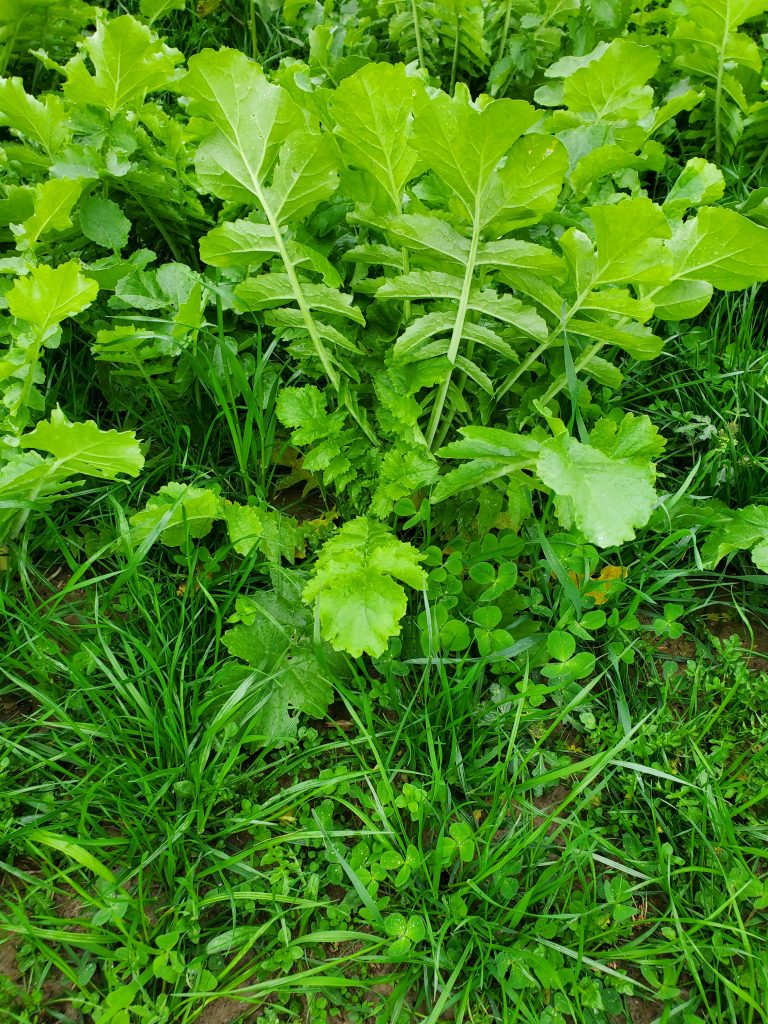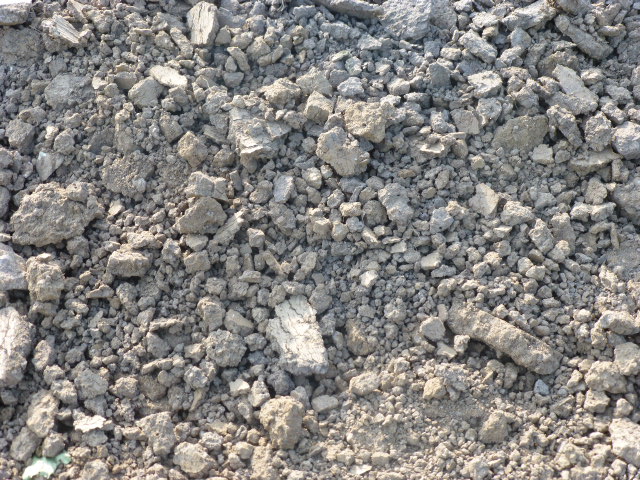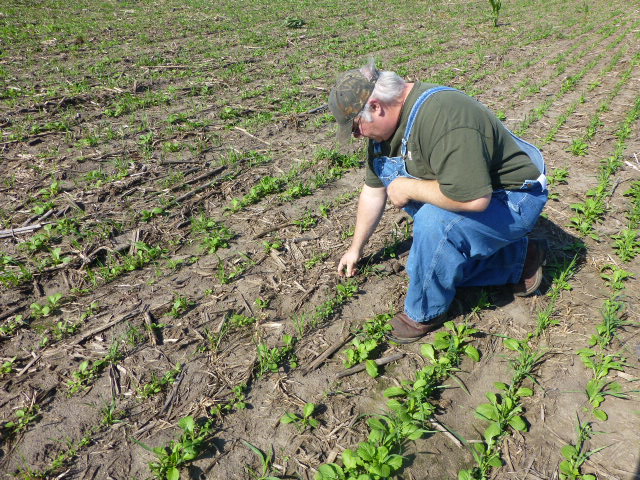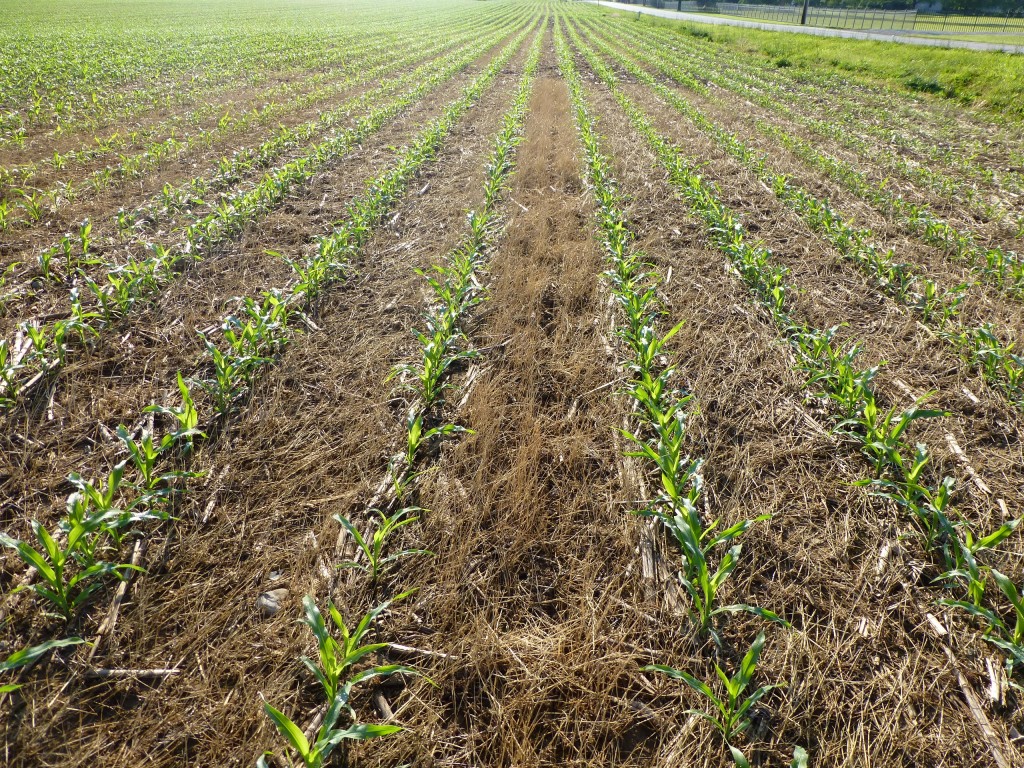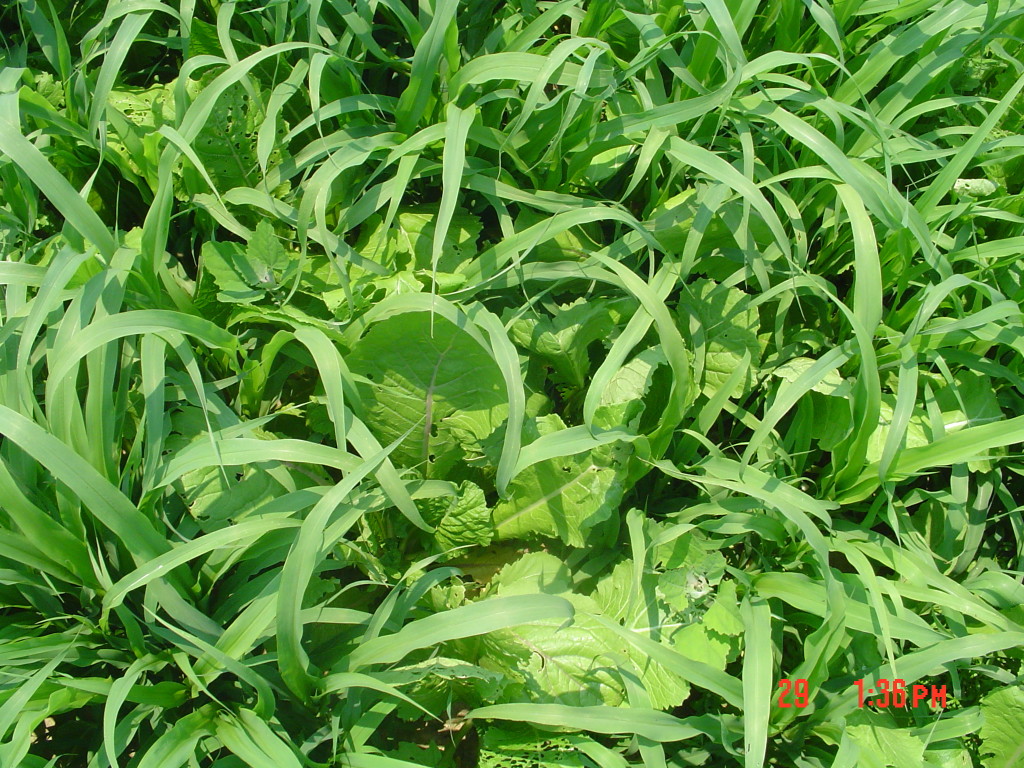Late Planted Cover Crop Evaluation
I toured my fields on Friday, December 17, to document the results of cover crops planted in rather desperate conditions back in the fall. The purpose of the video is to show that even late, poorly planted cover crops are doing some good if one takes the time to look at ground level. My […]
Late Planted Cover Crop Evaluation Read More »
